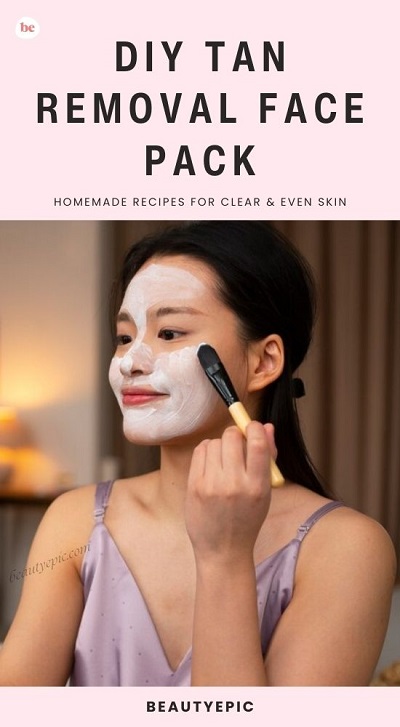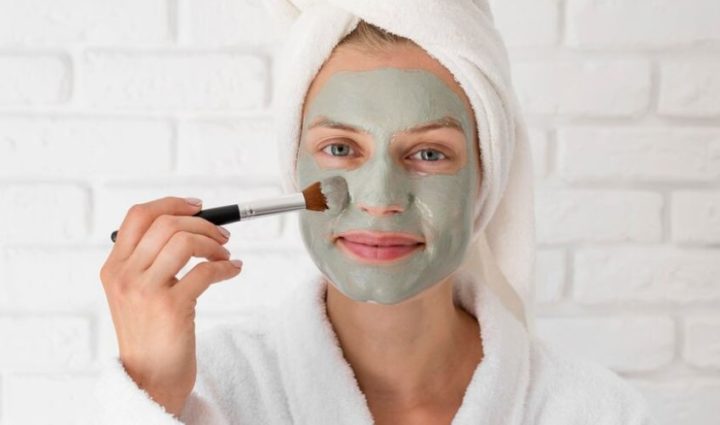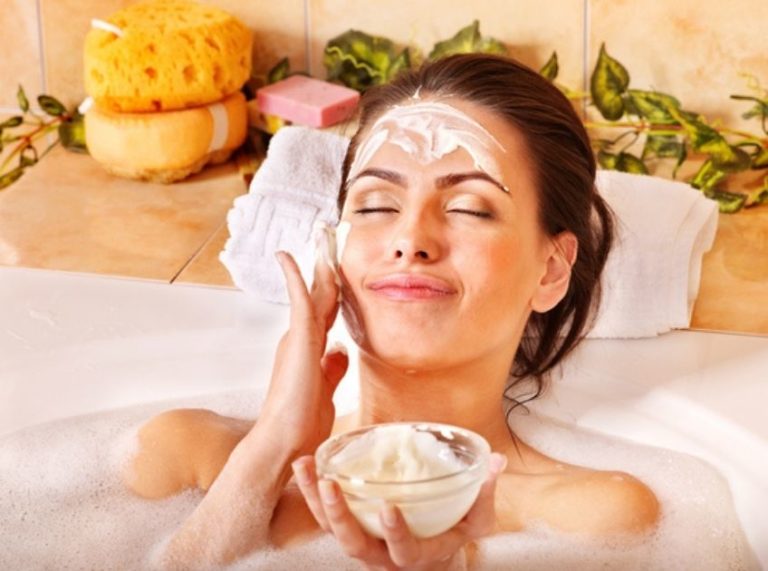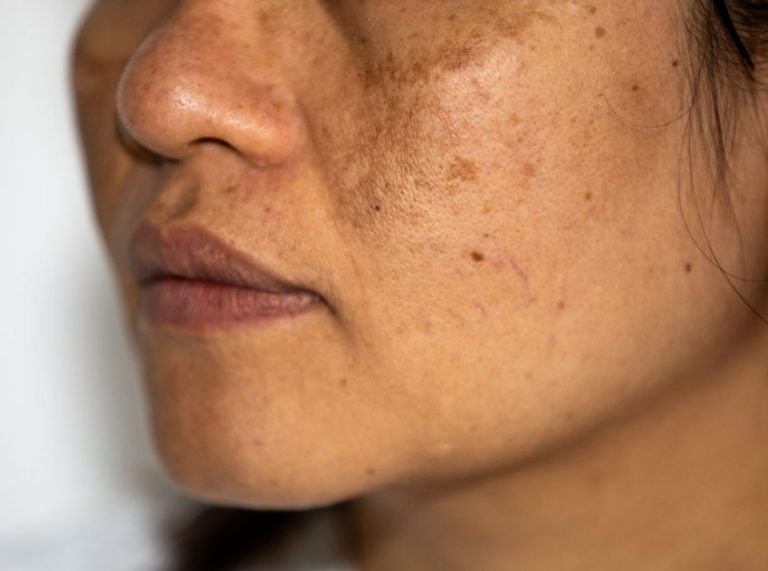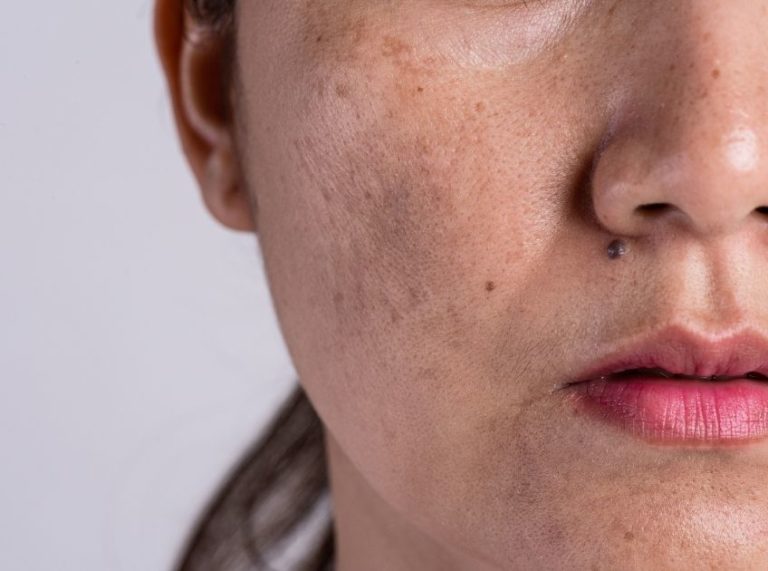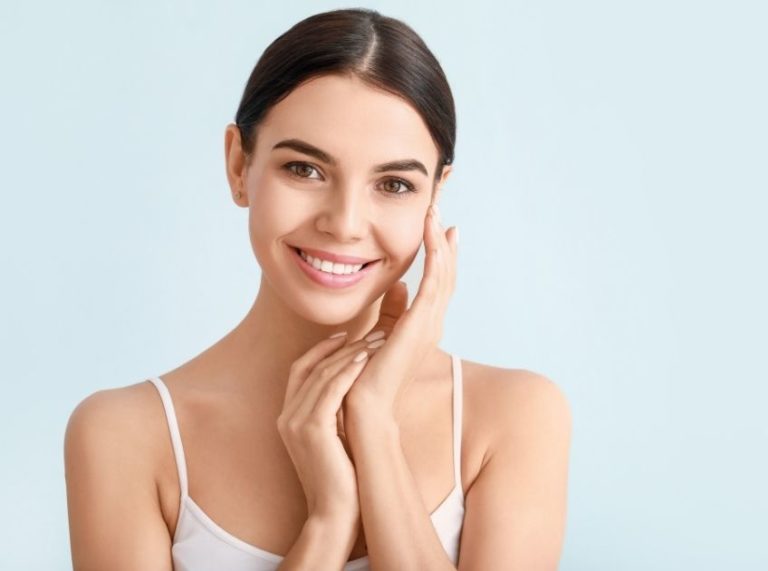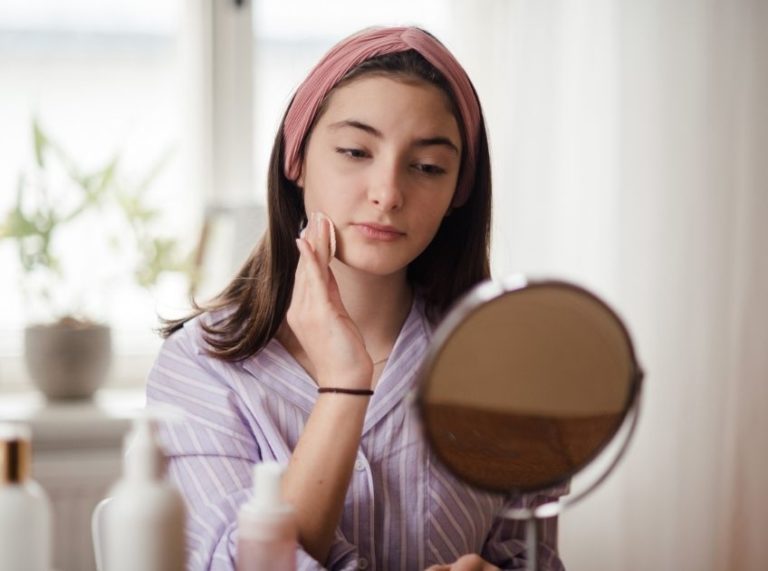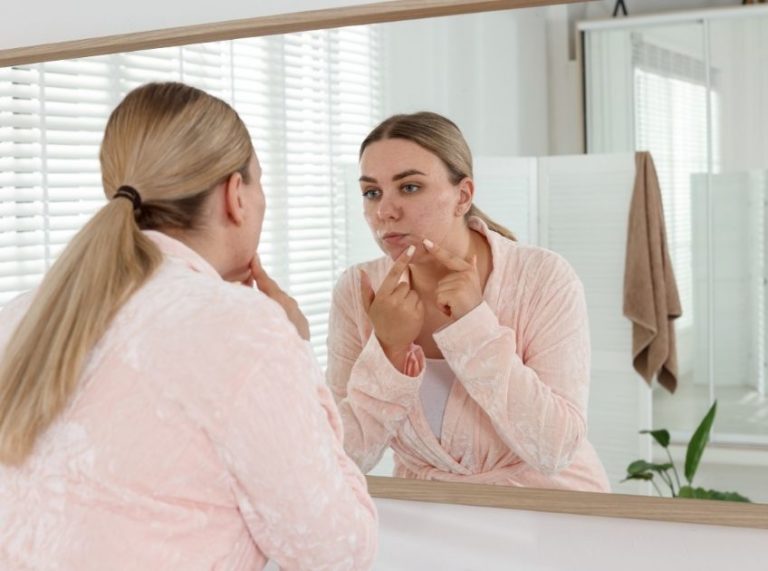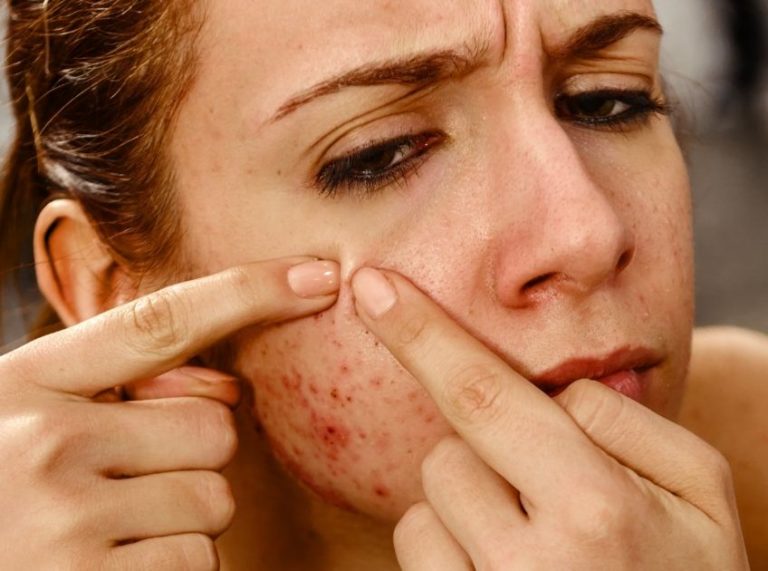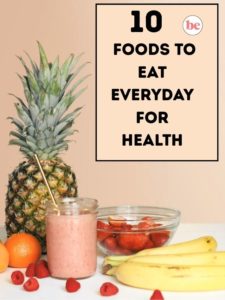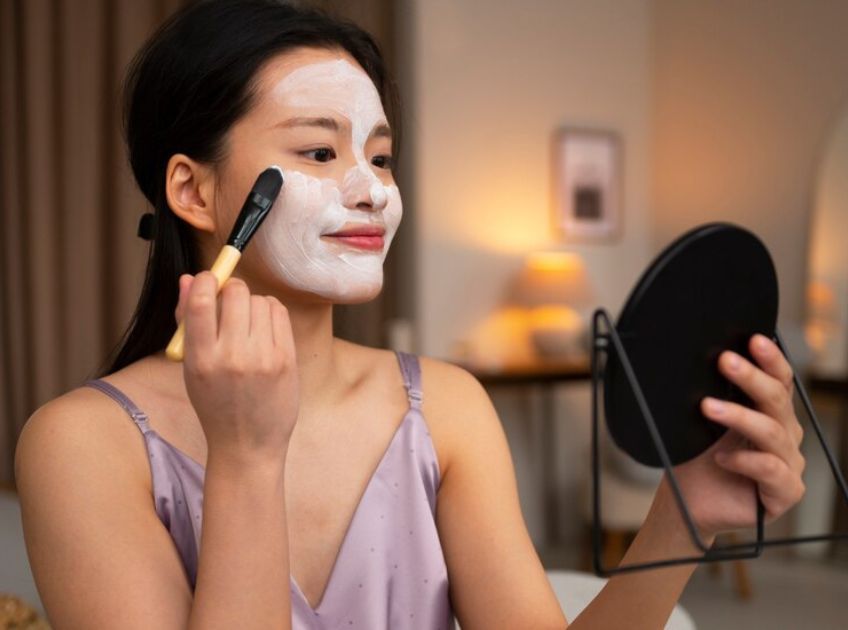
Important: This article is for informational purposes only. Please read our full disclaimer for more details.
Got sun exposure and now your skin’s a few shades darker? Whether it’s beach days or daily commutes, tanning is unavoidable—but reversible. Natural, homemade face packs can gently fade tan and restore your skin’s glow.
Let’s explore the most effective DIY tan removal recipes backed by science and tradition.
Why Use Homemade Face Packs for Tan Removal?
- Made from natural, skin-safe ingredients with no harsh chemicals
- Fade tan while also hydrating and calming the skin
- Cost-effective and quick to make at home
- Can be tailored to different skin types and needs
How Do These Ingredients Help in Tan Removal?
Here’s why these ingredients work so well:
- Lactic acid (in curd, milk) – Naturally exfoliates and lightens pigmented skin
- Journal of the American Academy of Dermatology notes lactic acid’s role in improving skin tone and texture (1)
- Vitamin C (in lemon, orange peel) – Inhibits melanin and brightens the skin (2)
- NIH studies confirm Vitamin C’s ability to reduce photodamage (3)
- Enzymes (in papaya, tomato) – Gently remove dead skin layers and improve clarity
- Natural bleaching agents (like potato, turmeric) – Help even out skin tone
These ingredients gently break down pigmented layers caused by UV exposure and boost new skin regeneration.
When to Stop Using These Face Packs
Discontinue use if you notice:
- Redness, burning, or itching during or after use
- Dry patches or peeling, especially with lemon- or tomato-based packs
- Breakouts if you’re prone to acne or using rich ingredients like milk or curd
Always perform a patch test on your jawline before applying the full face.
Adjusting Quantities for Your Skin Needs
You can easily tweak these recipes:
- For dry skin, increase honey, curd, or aloe vera
- For oily skin, reduce oils and use more lemon, fuller’s earth, or tomato
- Add or reduce exfoliating elements like oats or rice flour based on sensitivity
Best Skin Types for These DIY Face Packs
These homemade packs suit most skin types with slight adjustments:
- Oily and tanned skin – Go for lemon, tomato, and multani mitti
- Dry skin – Add curd, aloe vera, or honey to soothe and hydrate
- Sensitive skin – Use calming ingredients like cucumber, turmeric, and sandalwood
Always use a gentler formula for sensitive or acne-prone skin.
Is It Safe to Use Homemade Tan Packs?
Yes—when made and used properly:
- Use fresh, clean ingredients each time
- Avoid leaving citrus ingredients on for too long
- Limit application to 2–3 times a week
- Rinse off thoroughly and apply sunscreen afterward
5 Best Homemade Tan Removal Face Packs
1. Tomato & Yogurt Brightening Pack
Tomato juice works as a natural bleach, and curd calms the skin while exfoliating lightly.
Ingredients
- 1 tablespoon tomato pulp
- 1 tablespoon plain curd
- ½ teaspoon turmeric
Directions to Use
- Mix ingredients into a smooth paste
- Use freshly prepared mixture only
How to Apply
- Apply to clean, dry skin
- Leave for 15 minutes
- Rinse with cool water
- Pat dry and apply moisturizer
2. Potato & Lemon Juice Lightening Pack
Potato juice reduces pigmentation, while lemon helps fade tan and spots.
Ingredients
- 2 tablespoons raw potato juice
- 1 teaspoon lemon juice
- 1 teaspoon honey
Directions to Use
- Blend and strain the potato
- Mix all ingredients well
How to Apply
- Use a cotton pad to apply
- Leave on for 10–12 minutes
- Rinse gently with lukewarm water
- Moisturize well afterward
3. Papaya & Honey Enzyme Pack
Great for dull and tanned skin, papaya enzymes exfoliate while honey soothes.
Ingredients
- 2 tablespoons mashed ripe papaya
- 1 teaspoon honey
- A few drops of rose water
Directions to Use
- Mix ingredients until creamy
- Use immediately
How to Apply
- Apply a thick layer
- Leave on for 15–20 minutes
- Rinse with cool water
- Follow with toner and SPF
4. Cucumber & Sandalwood Cooling Pack
This is ideal for red, irritated, or sunburned skin. It calms and reduces tan.
Ingredients
- 2 tablespoons cucumber juice
- 1 tablespoon sandalwood powder
- 1 teaspoon aloe vera gel
Directions to Use
- Mix into a smooth paste
- Chill for 5 minutes in fridge
How to Apply
- Apply over face and neck
- Let it sit for 15 minutes
- Rinse with cold water
- Apply a calming moisturizer
5. Gram Flour & Turmeric Tan-Fade Pack
A traditional Indian remedy, this pack removes dead skin and brings out a natural glow.
Ingredients
- 1 tablespoon besan (gram flour)
- ¼ teaspoon turmeric
- 1 tablespoon milk or rose water
Directions to Use
- Mix into a thick paste
- Let it sit for 2 minutes
How to Apply
- Apply evenly to the face
- Leave for 10–12 minutes
- Rinse with gentle circular motions
- Follow with hydrating cream
Frequently Asked Questions (FAQ’S)
1. How often should I use tan removal face packs?
A. Use 2–3 times a week, depending on the severity of the tan and your skin type.
2. Can I use these face packs at night?
A. Yes, especially those with lemon or tomato. Avoid sunlight immediately after application.
3. How long does it take to see visible results?
A. You may notice brighter skin after a few uses, but consistent application over 2–3 weeks gives the best results.
Sun tan doesn’t have to stick around for long. These simple, effective face packs can help restore your natural tone without harsh treatments. With the right combination of ingredients, you can refresh, repair, and reveal radiant skin. Stay consistent, stay gentle, and protect your glow with sunscreen every day.
